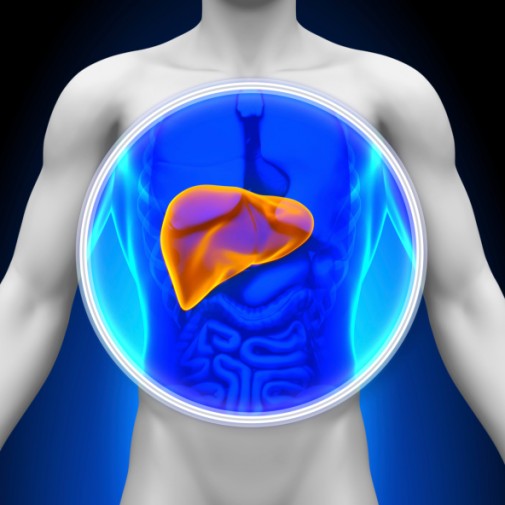What does ‘benign’ mean?

Many patients have ultrasounds and CT scans of the abdomen that come back showing a liver tumor, but more often than not, these tumors are benign and don’t require further treatment.
However, the news usually causes the patient anxiety until he or she knows the etiology of the liver tumor.
The three most common
There are numerous causes of solid liver tumors, making it important to establish the correct diagnosis to determine whether tumor is malignant.
The diagnosis requires consideration of the history, physical findings, imaging studies and laboratory tests.
The three most common benign tumors of the liver are hepatic hemangiomas, focal nodular hyperplasia (FNH) and hepatic adenomas. There are other benign tumors, but they are much less common.
Hepatic hemangiomas are the most common benign lesion found in the liver. They occur in approximately 12 percent of the population, and are more common in women than men. The lesions are usually asymptomatic and don’t cause any symptoms until they are great than 4 centimeters in size.
When the diagnosis has been made, no further treatment is necessary because they don’t undergo malignant transformation and don’t rupture. The only reason for removing these lesions is if they are causing pain.
The next most common benign tumor of the liver is FNH, which is believed to be a hyperplastic response to an anomalous artery. It occurs most commonly in women in their 30s and 40s, and in most cases, is diagnosed incidentally when undergoing an ultrasound for gallbladder-related symptoms.
These lesions don’t become malignant, but can increase in size and rupture, causing intra-abdominal bleeding.
It is unclear if FNH is associated with contraceptive and estrogen use, but patients who are on them should consider stopping when diagnosed with FNH. In addition, women should consider having them removed if considering getting pregnant.
Finally, hepatic adenoma is a benign epithelial liver tumor that occurs usually in women, and is most often seen in premenopausal women older than 30.
The majority of these patients have used oral contraceptives for more than two years, as the tumor is known to grow with the use of estrogen or contraceptives.
A hepatic adenoma also has a small risk to turn into a malignant tumor and grow and rupture, causing catastrophic intra-abdominal bleeding. The initial treatment for hepatic adenomas is to stop any oral contraceptive or estrogen use, and if the tumor doesn’t decrease in size, it should be removed.
Also, if a woman is considering getting pregnant, they should have it removed. Hepatic adenomas are benign tumors that require close observation, and if not removed, they can undergo malignant transformation.
The correct diagnosis
The correct diagnosis with benign liver lesions can usually be done through a combination of laboratory tests and CT scanning.
If the patient is diagnosed as having hepatic hemangioma, no further treatment is necessary, as these are vascular lesions on a CT scan and have a very characteristic appearance.
Patients should have a triple-phase CT scan or MRI to make the diagnosis.
With hepatic adenomas and FNH, it is important to distinguish between them, and can be distinguished on MRI scans or sulfur colloid scans of the liver.
If the lesion is a hepatic adenoma, I would strongly suggest removal. If it is an FNH, it can be monitored.
It is always anxiety-provoking when you are diagnosed with a liver tumor, and the most important aspect is to determine whether this is malignant or benign.
If it’s benign, then it is important to determine if it’s a hepatic adenoma.
And, if you are diagnosed as having a liver tumor, you should see a liver specialist to help make a definitive diagnosis.
Related Posts
Comments
One Comment
About the Author
Dr. John Brems‘ is the director of the Center for Advanced Liver and Pancreatic Care at Elgin-based Advocate Sherman Hospital and specializes in the surgical treatment of liver and pancreatic diseases. Over the years, he has performed thousands of liver transplants, major liver resections and liver-heart transplants. He helped create the center, which opened in 2011 and offers progressive procedures and techniques to treat a wide range of liver and pancreatic cancers and diseases.


















This is great information! When people are diagnosed with a tumor, panic quickly sets in. Thankfully, these tumors can sometimes be relatively harmless.